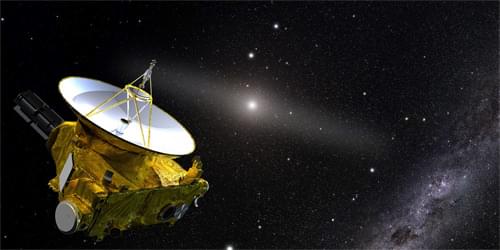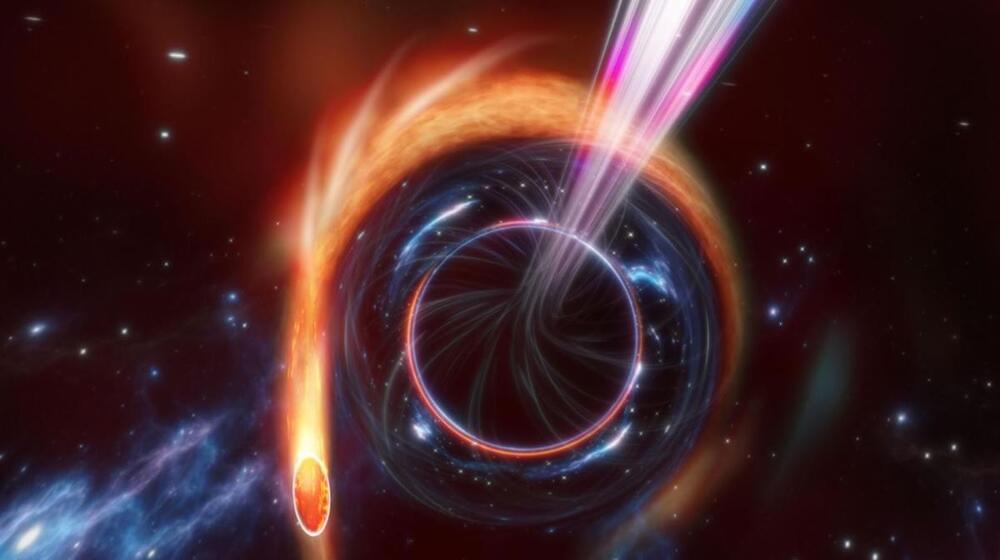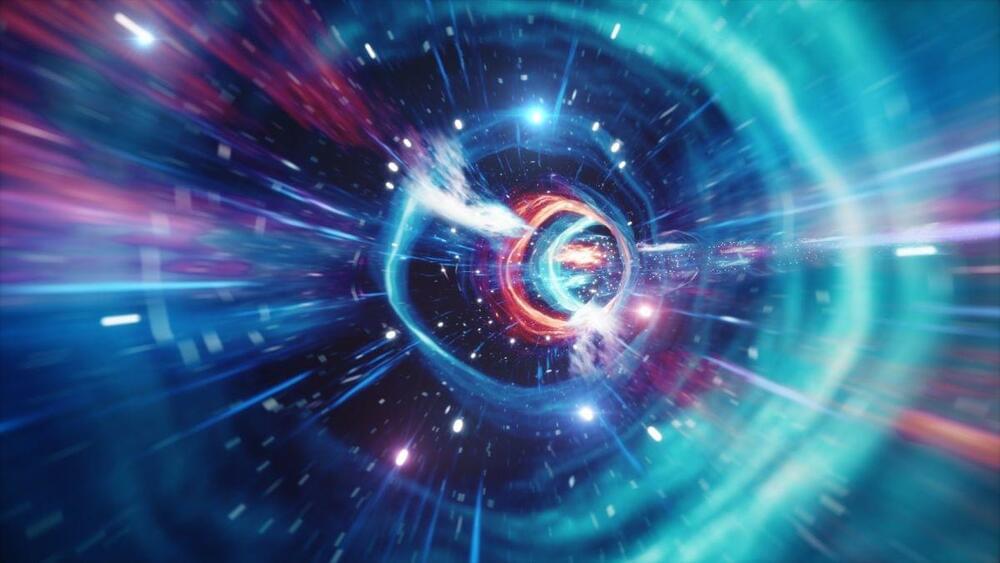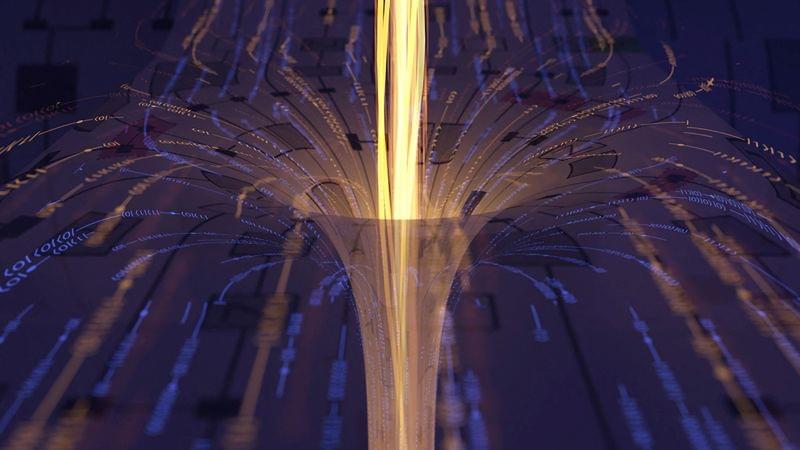This would be great for teleporting objects for shipping across the planet or cosmos eventually. 😀
Scientists have created a “holographic wormhole” inside a quantum computer for the first time.
The pioneering experiment allows researchers to study the ways that theoretical wormholes and quantum physics interact, and could help solve some of the most difficult and perplexing parts of science.
The wormhole is theoretical: researchers did not produce an actual rupture in space and time. But the experimental creation of one inside the quantum computer – which saw a message sent between two simulated blackholes – nonetheless allows scientists to examine how they might work, after almost 100 years of theory.






